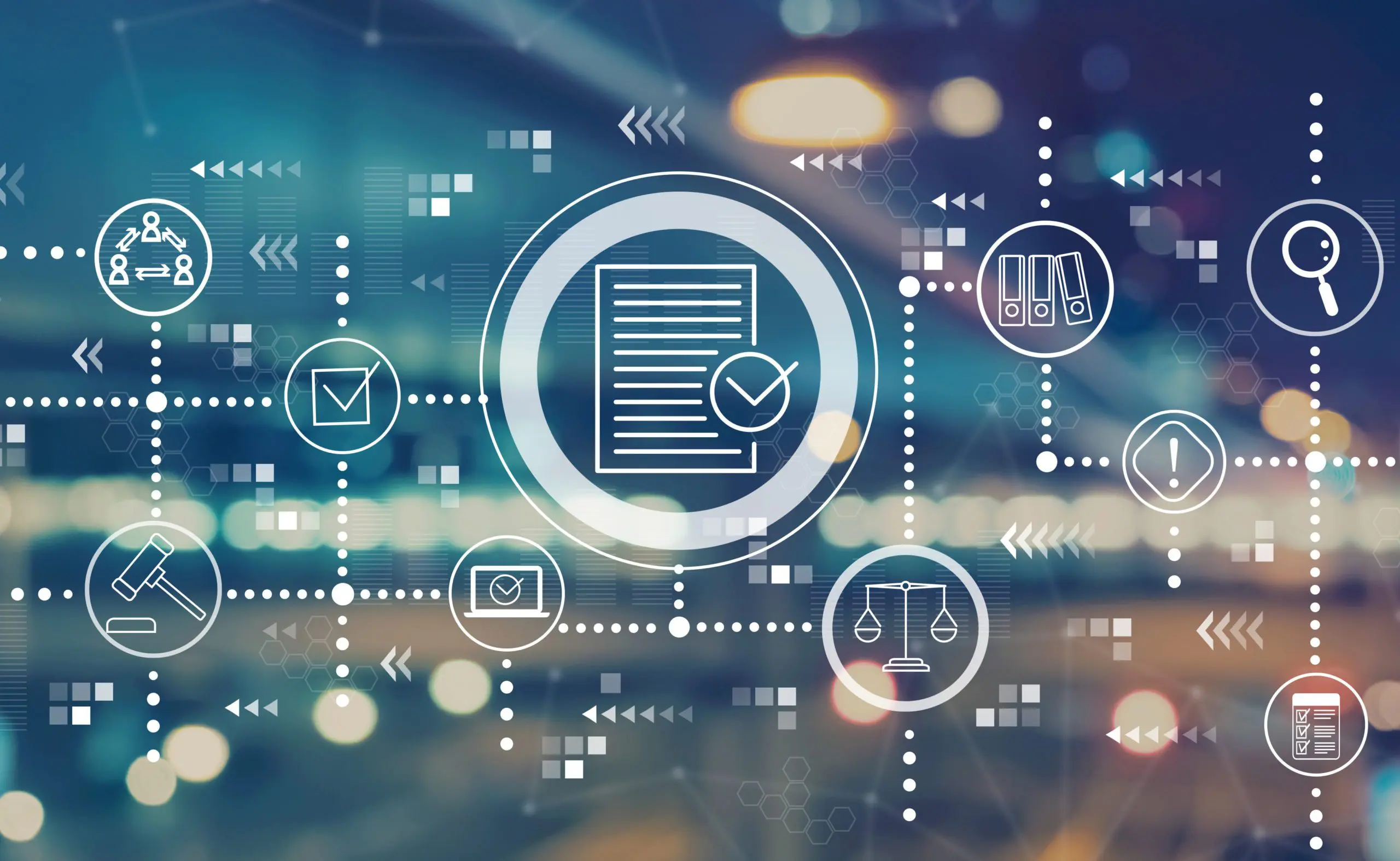SOC and SOX are two important audits that attest to the strength of an organization’s internal reporting and data compliance. Both benefit an organization, strengthening their operations and building trust with investors, clients, and customers. But it is important to understand the differences between these two audits to ensure your organization is working on the one you need.
What is SOX?
The Sarbanes-Oxley Act, or SOX, is a federal law that sets requirements for public companies to protect investors from fraudulent financial reporting. This bill, passed in 2002, is the result of notable financial scandals in the early 2000s including market manipulation, embezzlement, and inflated earnings at major companies including Enron, WorldCom, and Tyco.
To protect investors, the act lays out rules regulating financial reporting, mandating internal controls audits, and strengthening corporate governance. Applicable to all public companies in the US and foreign companies or subsidiaries that do business in the US, SOX is a critical part of today’s GRC landscape.

Benefits of SOX Compliance
SOX places the responsibility on management, accountants, and auditors to accurately report their financials, risking financial penalties and potential imprisonment for failures in compliance. Although SOX doesn’t spell out how to maintain records, it details the controls required for accurate financial reporting, giving GRC professionals an important role in the process.
Section 404 of SOX requires management to establish and maintain “an adequate internal control structure and procedures for financial reporting”. A mandatory annual independent audit attests to the soundness of management’s assessment of their controls and reports on the effectiveness of the overall financial controls and procedures. As part of this audit process, companies must document their Internal Controls for Financial Reporting (ICFR) as proof of their compliance with SOX objectives, including details of business processes, internal controls, and risks. In addition to oversight of financial reporting, SOX requires firms to have strong data governance and security policies for financial data.
In the two decades since SOX was passed, companies have strengthened their financial management processes and capabilities and vastly improved their corporate governance practices. SOX has motivated companies to employ stronger controls, better documentation, and greater standardization, protecting both themselves and their investors.
What is SOC?
SOC, or Systems and Organizational Controls, is part of the American Institute of CPAs’ Service Organization Control reporting platform. With organizations increasingly outsourcing key functions and processes, SOC compliance helps service providers demonstrate they have the appropriate controls to safeguard their customers’ data, privacy, and security.
SOC has several internal controls reports including SOC 1 which demonstrates compliance with the internal controls over financial reporting as required by SOX, SOC 2 which ensures service providers securely handle, manage, and store data, and SOC 3, a lighter version of SOC 2.
While SOC 1 uses the guidelines defined by SOX, SOC 2 and 3 is based on a framework of five Trust Service Principles: security, availability, processing integrity, confidentiality, and privacy.
Benefits of SOC Compliance
Unlike SOX compliance, which is underpinned by federal regulation and mandatory for any publicly-traded company in the US, SOC compliance is not a legal requirement. Compliance with SOC 1, or the more recent SOC 2 and SOC 3, demonstrates a service provider’s adoption of robust internal controls and information security practices.
SOC 1 allows service providers to demonstrate to customers that they have the appropriate internal controls for their customers to meet their SOX compliance obligations. SOC 2 compliance is relevant to any technology service provider or SaaS company that handles or stores customer data. Companies that demonstrate SOC 2 compliance build trust with their customers that they have the infrastructure, tools, and processes to protect customer information and safeguard their systems from unauthorized access.
Compliance with SOC helps companies create a competitive and commercial advantage by demonstrating they have the right controls and processes in place to instill trust and confidence with their customers. Strong internal controls and information security practices minimize the risk of financial malfeasance, data breaches, or cyberattacks.
How We Can Help with SOX and SOC Compliance
Whether your organization is complying with SOC or SOX, LogicGate’s Risk Cloud™ is a cloud-based platform with a suite of pre-built Applications that can help your organization with the automated workflows and processes to evaluate internal controls, policies, and procedures.
Risk Cloud’s SOX Control Testing Application helps you document ICFR data, automate control testing and evidence gathering, and centrally store SOX related data and processes for a more efficient and cost-effective SOX audit process. The SOC 2 Compliance Application evaluates your organization’s internal controls, policies, and procedures against AICPA’s five Trust Services Criteria to help you prepare for and achieve a SOC 2 attestation report. To learn more about both Applications you can request a demo or visit us at logicgate.com.
SOC 1®, SOC 2® and SOC 3® are registered trademarks of the American Institute of Certified Public Accountants in the United States. The AICPA Trust Services Criteria for Security, Availability, Processing Integrity, Confidentiality, and Privacy is copyrighted by the Association of International Certified Professional Accountants. All rights reserved.
